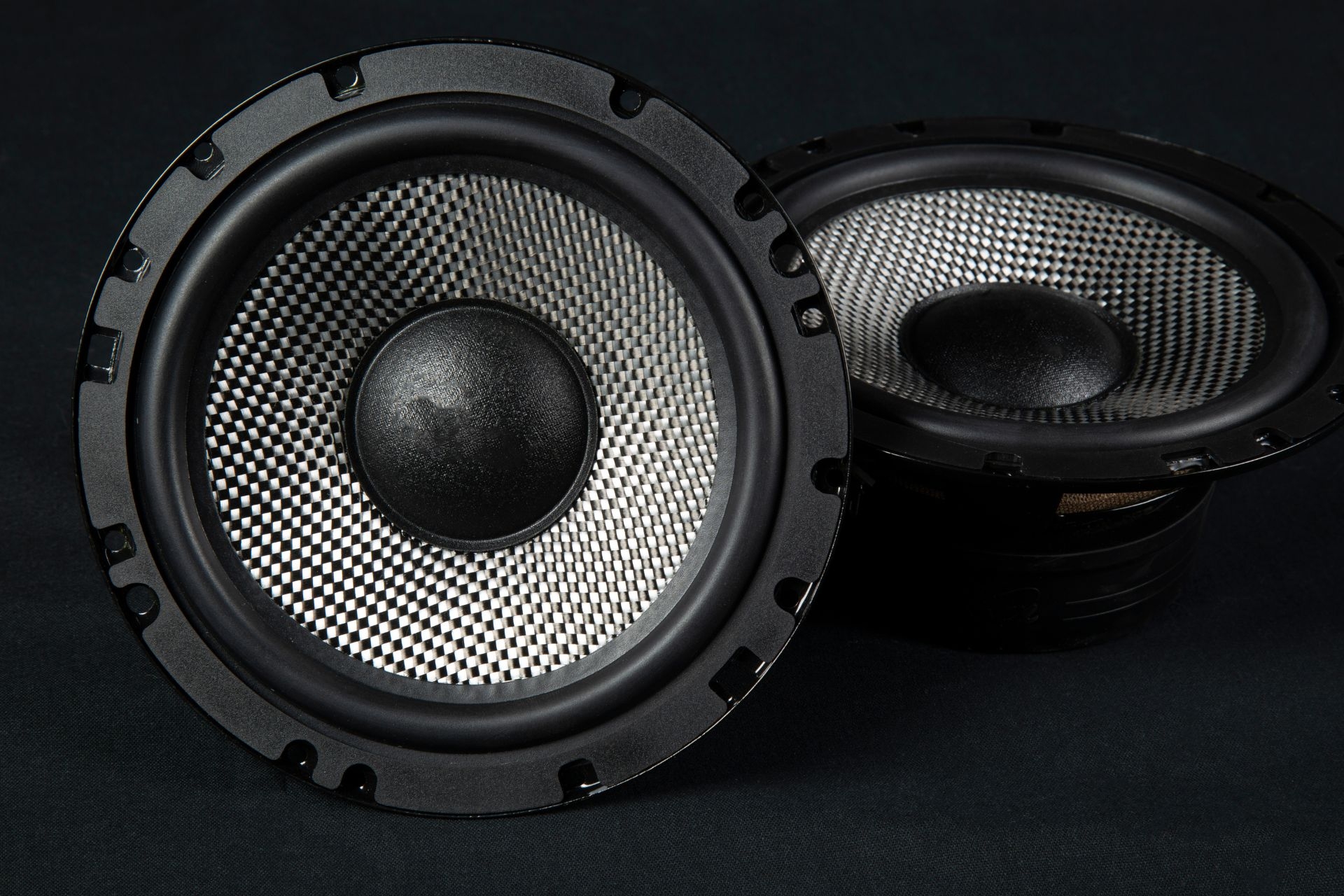Independent Component Analysis (ICA)
How does Independent Component Analysis (ICA) differ from Principal Component Analysis (PCA) in terms of separating mixed signals?
Independent Component Analysis (ICA) differs from Principal Component Analysis (PCA) in terms of separating mixed signals by focusing on finding statistically independent components rather than orthogonal components. While PCA aims to maximize the variance of the projected data onto a new set of axes, ICA seeks to find components that are as independent as possible, making it more suitable for scenarios where the sources are statistically independent rather than uncorrelated.



